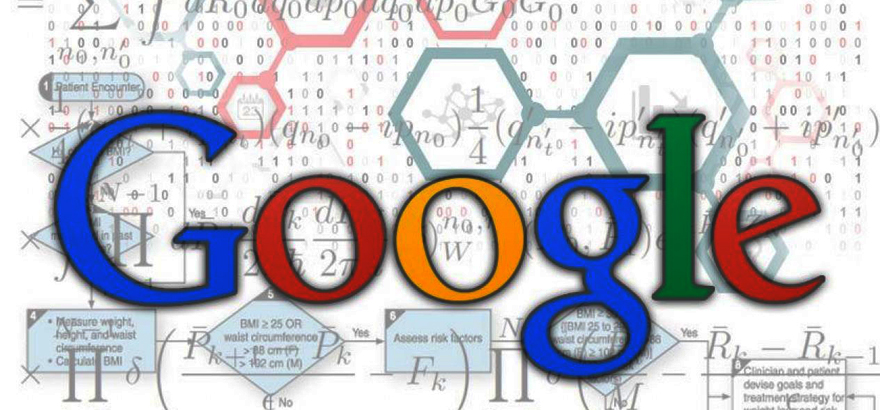The regular updates of Google have confused and thrown digital marketing off-key a number of times. Many self-proclaimed pundits have laid claim to have inside knowledge of what the updates are about, but very few of their predictions have stood the test of time. To dispel misconceptions, Google …
The regular updates of Google have confused and thrown digital marketing off-key a number of times. Many self-proclaimed pundits have laid claim to have inside knowledge of what the updates are about, but very few of their predictions have stood the test of time. To dispel misconceptions, Google itself has thrown light on the backend of the updates at different times. Danny Sullivan of Google has now authored a guideline on how to make sense of Google’s Core Updates.
This has always been a focus area for Google. To improve the user experience, it puts a lot of premium on content. Google wants content to be original, exhaustive and full of insight. To avoid the traps of writing content that are hardcore marketing messages, Google advises to stay away from clickbait headlines.
To enable better consumption of authoritative and genuine content, Google advises content creators to credit their sources of information. In the days of fake news and post truths, this is quite an important area that Google is bringing under the scanner. Social media has become a hub of distributing content parsed from dubious sources. To stamp your authority on the factual correctness of content, attribute them to proper sources.
In a time when content consumers have a number of choices to read something, you have to be careful with the presentation of the content. Traditional methods of simply writing content as text are now passé. You can use videos, infographics and other means to present your ideas. The thumb rule is to make matter more presentable and share-worthy.


